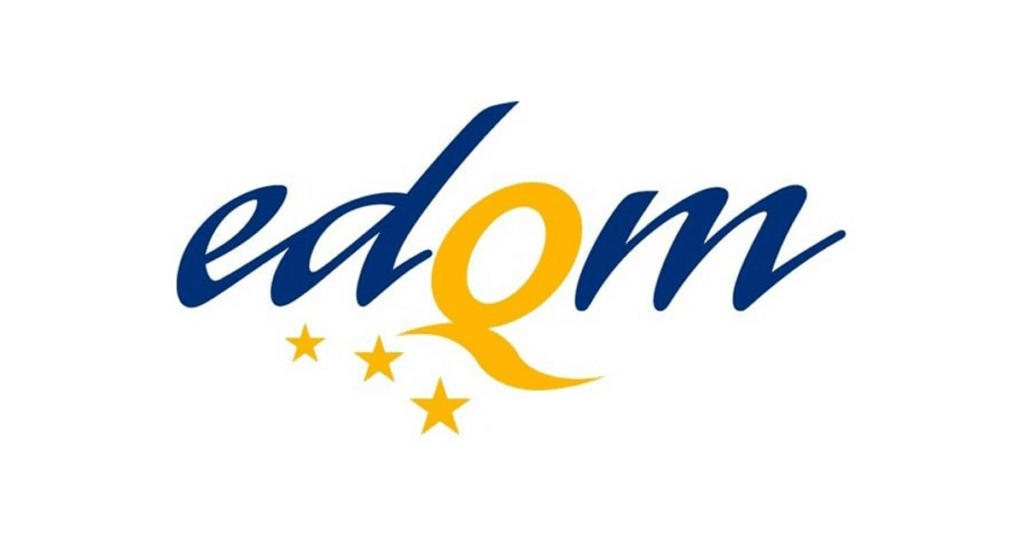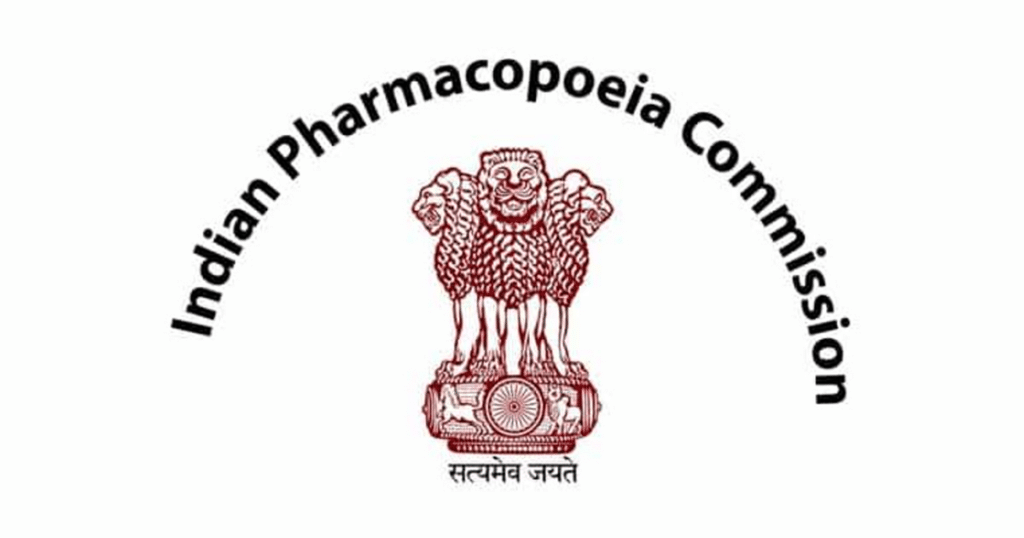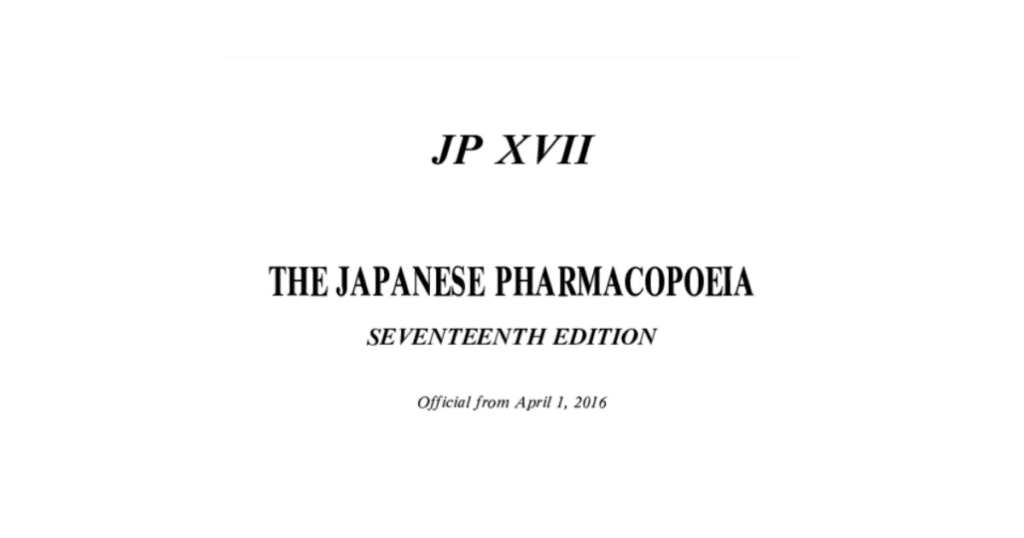The Monocyte Activation Test
What is the Monocyte Activation Test?
The Monocyte Activation Test (MAT) is a cutting-edge in-vitro assay that employs human blood to replicate the early stages of the human immune system. This innovative test is designed to detect all types of pyrogens in parenteral drugs, biologics, and medical devices.
While the Rabbit Pyrogen Test has been the go-to for pyrogen testing for over a century, regulatory agencies such as the European Pharmacopeia (Ph. Eur.) are now pushing for in-vitro alternatives, with the MAT being a top recommended choice.
Before making the switch, it’s important to perform product-specific validation to ensure accuracy and consistency in results (2.6.8.).
How does the Monocyte Activation Test work?
Incubate parenteral product in PBMC
In the first step of the Monocyte Activation Test, a small amount of your parenteral product or medical device batch is mixed with Peripheral Blood Mononuclear Cells (PBMC) and incubated. This allows for the detection of any potential pyrogens that may be present in the sample.
Immune system activation
During the incubation period, the toll-like receptors present on the surface of the monocytes are given time to detect any pyrogens that may be present in the sample preparation. If pyrogens are detected, the monocytes will launch an immune response, which triggers the release of cytokines. This process typically occurs overnight.
Quantification of cytokine concentration
After the overnight incubation period, the sample is assessed for cytokine release using a human IL-6 ELISA. This assay quantifies the concentration of released cytokines from the previous night, providing a reliable readout of any pyrogens present in the sample preparation.
Endotoxin Equivalent calculation
To determine the amount of endotoxin present in the sample, the measured cytokine concentration is converted into Endotoxin Equivalent Units per milliliter (EU/ml) using a standard curve of lipopolysaccharide (LPS). This conversion allows for a quantitative assessment of the endotoxin levels in the product.
Where does the Monocyte Activation Test apply according to the Ph. Eur.?
Batch release pyrogen testing for parenteral products
The Ph. Eur. General Chapter “Pyrogen Test” (2.6.8) stipulates that “wherever possible and after product-specific validation, the [Rabbit] Pyrogen Test is replaced by the Monocyte Activation Test” as a batch release pyrogenicity assay for parenteral products which are labelled “pyrogen free”.
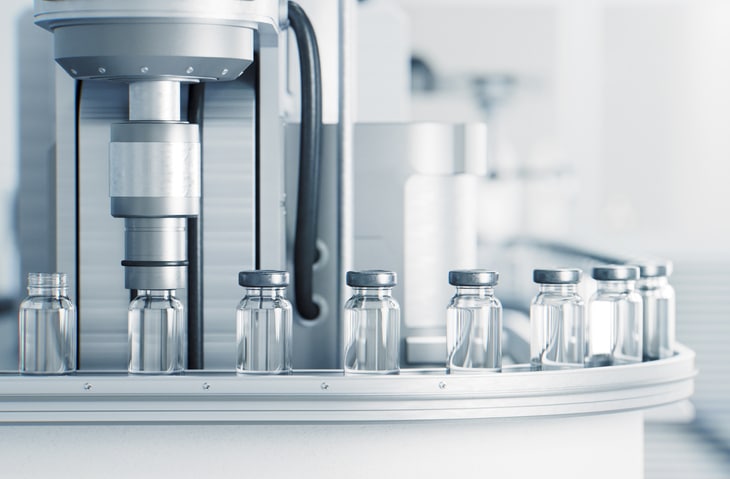
A non-endotoxin pyrogen "risk assessment" where BET is used
For products employing BET as a release assay, the Ph. Eur. (5.1.10) stipulates that the risk of non-endotoxin pyrogenic substances must assessed and ruled out while the product’s production process is being established, or upon batch release once it has been established by way of a Monocyte Activation Test.
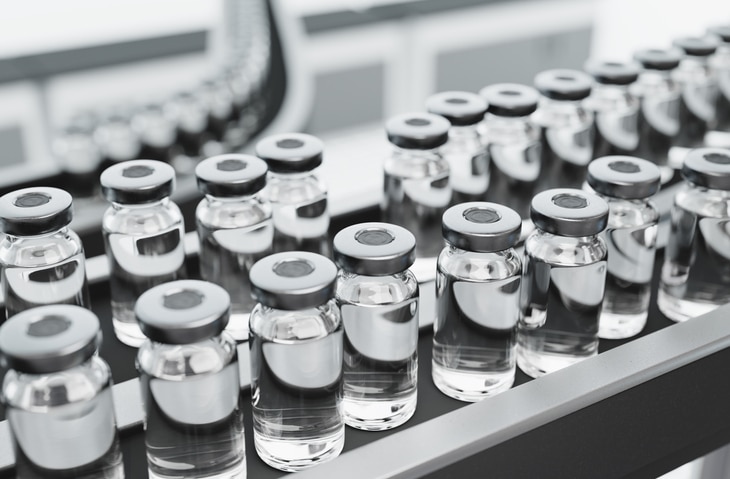
The Monocyte Activation Test vs. other pyrogen and endotoxin tests
Human-specific, In-vitro & most sensitive
The Monocyte Activation Test is the only endotoxin or pyrogen assay that is in-vitro, reflects the human immune system and with an LoD of 0.004 EU/ml, it’s the most sensitive.
Detects broadest range of pyrogens
Only the Monocyte Activation Test can detect all pyrogen classifications including those deriving from gram positive and gram negative bacteria, as well as Yeasts, Molds and Viruses.
Optimised for the most product categories
Where BET or RPT sometimes fail, the Monocyte Activation Test is successful in testing all products from medical devices, therapeutics, pharmaceuticals & biologics.
Full pyrogen test comparison table
| Limulus Amebocyte Lysate Test (LAL) | Rabbit Pyrogen Test(RPT) | Recombinant factor C (rFC) | Monocyte Activation Test (MAT) | ||
|---|---|---|---|---|---|
| Assay type | Ex-vivo | In-vivo | In-vitro | In-vitro | |
| Sensitivity(Limit of Detection) | 0.005 EU/ml | 0.05 EU/ml | 0.005 EU/ml | 0.004 EU/ml | |
| Delivered results | Quantitative / Qualitative | Qualitative | Quantitative | Quantitative | |
| Ph. Eur. perspective | Inadequate for pyrogen testing | Being transitioned out | Inadequate for pyrogen testing | Approved | |
| Detectable pyrogenic contaminations | Endotoxins (from Gram negative bacteria) | ✔ | ✔ | ✔ | ✔ |
| Gram-positive bacteria | ✘ | ✔ | ✘ | ✔ | |
| Yeasts & Molds | ✘ | ✔ | ✘ | ✔ | |
| Viruses | ✘ | ✔ / ✘ | ✘ | ✔ | |
| Possible applications | Pharmaceuticals | ✔ | ✔ | ✔ | ✔ |
| Medical devices | ✔ / ✘ | ✔ | ✔ / ✘ | ✔ | |
| Biologicals | ✔ / ✘ | ✔ | ✔ / ✘ | ✔ | |
| Cell therapeutics | ✔ / ✘ | ✘ | ✔ / ✘ | ✔ | |
Common uses for the Monocyte Activation Test
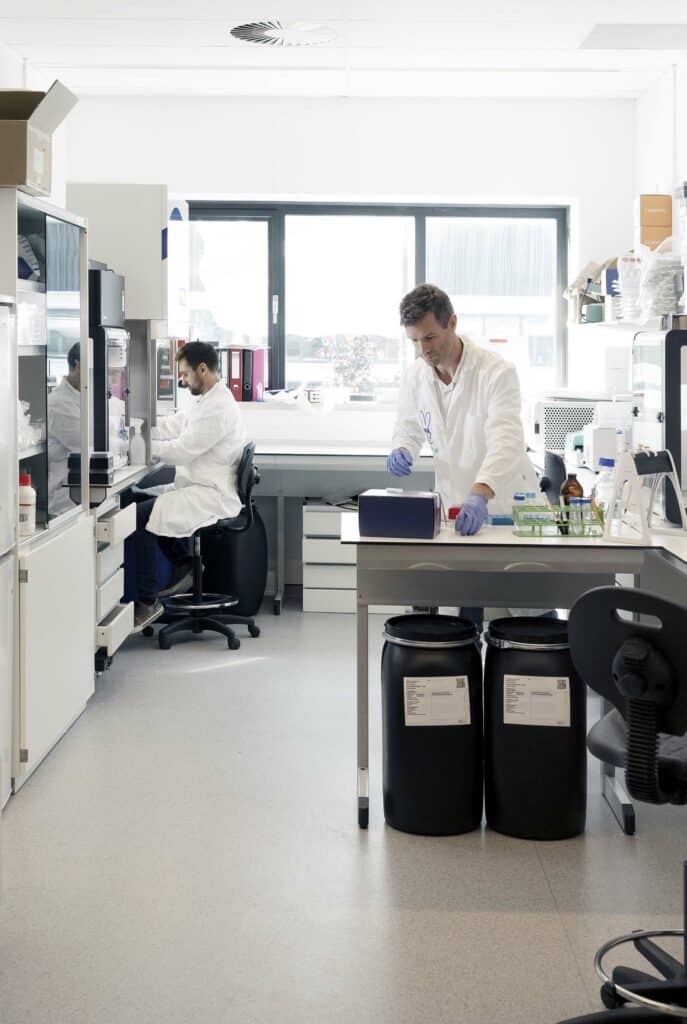
Replace the Rabbit Pyrogen Test
As of June 2021, Ph. Eur. is working towards seeing all in-vivo RPT transitioned to in-vitro alternatives (recommending MAT) within 5 years.
Testing medical devices
Instead of solely rinsing solutions like BET or RPT, the Monocyte Activation Test detects material-mediated pyrogens by way of direct incubation.
Overcoming LER effects
MAT can act as a key tool in helping teams dealing with low endotoxin recovery due to its uniquely low susceptibility to interfering factors.
Further regulations and the Monocyte Activation Test
These are some of the recommendations from regulatory bodies and organizations regarding the use of the Monocyte Activation Test (MAT) as an in-vitro alternative to the Rabbit Pyrogen Test (RPT).
The European Pharmacopoeia (Ph. Eur.)
Recommends MAT as RPT replacement wherever possible after product-specific validation (2.6.8.), and as a non-endotoxin pyrogen (NEP) risk assessment (5.1.10.).
The International Organization for Standardization (ISO)
Expresses a preference for in-vitro models whenever they are found to deliver equivalent information of relevance.
What Monocyte Activation Test kits are available out there?
There are primarily two groups of Monocyte Activation Test currently available on the market. These are distinguished by the type of cell source they employ as the canvas of monocyte activation. The first group makes use of the cell-line mono-mac-6 as its cell source, while the second employs cryopreserved donor-pooled peripheral blood mononuclear cells (PBMC). PMBC better reflects behaviour of a healthy donor, has stable expression of TLRs, and can better reproduce obtained results.
| Cell-line mono-mac-6 (MM6) | Peripheral blood mononuclear cell (PBMC) | |
|---|---|---|
| Ph. Eur. description on NEP detection | "limited" | "suitable" |
| Risk of donor variation | Low | Low |
| Reflects behaviour of healthy donor | ✘ | ✔ |
| Stable expression of TLRs | ✘ | ✔ |
| Reproducibility of results obtained | ✘ | ✔ |
How do I choose the right Monocyte Activation Test?
MAT cell source
There are two commercially available sources for Monocyte Activation Test (MAT) cells: Mono-Mac-6 (MM6) cell line and Peripheral Blood Mononuclear Cells (PBMC). The MM6 cell line is derived from a single acute monocytic leukemia patient’s blood and has been found to have low reproducibility in detecting pyrogenic contaminants due to inconsistent TLR expression. PBMC-based MAT kits, on the other hand, use pooled blood from healthy donors, leading to more reliable and reproducible results in simulating monocyte activation in response to spiked product samples. The Ph. Eur. recognizes PBMC-based MAT kits as proficient in detecting both endotoxins and non-endotoxin pyrogens, while MM6-based kits are limited in their ability to detect non-endotoxin pyrogens.
Product-specific validation reports
Product-specific validation is crucial when employing the Monocyte Activation Test (MAT) to ensure that the assay is fit for its intended use. Each product has unique characteristics, such as its formulation and potential contaminants, that can affect the performance of the MAT. Product-specific validation allows for the evaluation of these factors and ensures that the MAT is able to detect any pyrogenic contaminants that may be present in the specific product being tested. By conducting product-specific validation, pharmaceutical manufacturers can have confidence in the reliability and reproducibility of the MAT results, which is critical for ensuring the safety of their products.
Assay sensitivity
The “sensitivity” of a Monocyte Activation Test kit refers to its limit of detection (LoD), with a lower LoD indicating a more sensitive test. While sensitivity was not previously a major consideration, it has become important for product-specific validation of products with low contaminant limit concentrations or interfering factors.
MAT PBMC supply scale
The availability of larger batches of PBMCs for use in the Monocyte Activation Test can lead to greater consistency and comparability of results across different tests, manufacturing sites, and over time. This is because using different batches of PBMCs can potentially introduce variability into the assay, so having a larger supply of consistent PBMCs can help to mitigate this issue.
